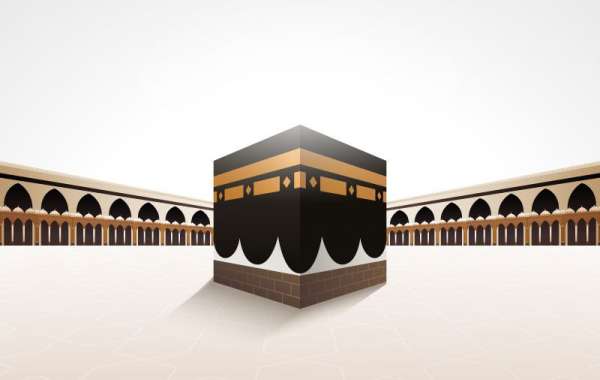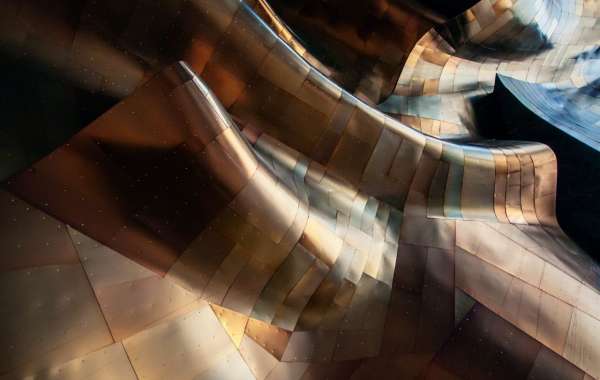Introduction
Rabi-ul-Awwal is a month that holds a very special place in the Islamic calendar. For many Muslims around the world, it is primarily known as the month when Prophet Muhammad (peace be upon him) was born. While his birth is indeed a monumental event worthy of immense celebration and gratitude, the significance of Rabi-ul-Awwal extends far beyond this single blessed occasion. This month is, in fact, rich with several other pivotal historical events that profoundly shaped the course of Islam and continue to offer invaluable lessons for believers today. To truly appreciate the depth and profound significance of Rabi-ul-Awwal, every Muslim should be aware of these other crucial moments from early Islamic history and draw wisdom from them.
The Birth of Prophet Muhammad (PBUH)
Without a doubt, the most celebrated event in Rabi-ul-Awwal is the birth of Prophet Muhammad (PBUH). He was born in Makkah, in what was then a land steeped in idolatry, tribal conflicts, and moral decline. His arrival, however, was a mercy to all of mankind, bringing the light of Islam to guide humanity out of darkness. The exact date of his birth within Rabi-ul-Awwal is a topic of discussion among scholars, with some traditions pointing to the 12th and others to the 17th day. Despite these minor differences, there is universal agreement that the Prophet (PBUH) was born in this blessed month, making it a time of immense gratitude and remembrance for Muslims globally.
Even at his birth, there were signs and prophecies that indicated his special status. Accounts mention miraculous events, such as the crumbling of idols in the Kaaba, the extinguishing of the eternal fire of Persia, and the drying up of a sacred lake. These were seen as divine signals of the profound change his presence would bring to the world. His birth filled the hearts of the early believers with joy and hope, marking the dawn of a new era for humanity.
The Hijra (Migration to Madinah)
Another event of immense importance that took place in Rabi-ul-Awwal is the Hijra, the migration of Prophet Muhammad (PBUH) and his companions from Makkah to Madinah (then known as Yathrib). The context for this journey was severe persecution faced by the early Muslims in Makkah. Their lives and their ability to practice Islam freely were constantly threatened by the Quraish, the dominant tribe in Makkah. Under divine command, the Prophet (PBUH) decided to migrate to Yathrib, where the Ansar (helpers) had invited him and promised protection.
The journey itself was filled with peril. The Quraish plotted to assassinate the Prophet (PBUH), but Allah protected him. A famous episode is his hiding with Abu Bakr (RA) in the Cave of Thawr, where a spider web and a bird's nest miraculously concealed their presence from their pursuers. After a arduous journey, they arrived in Quba, just outside Madinah, where the Prophet (PBUH) stayed for a few days before entering Madinah.
The Hijra was not just a change of location; it was a turning point in Islamic history. It marked the beginning of the Islamic calendar and the establishment of the first organized Islamic state. In Madinah, the Prophet (PBUH) fostered a strong bond of brotherhood between the Muhajiroon (emigrants from Makkah) and the Ansar, creating a unified community based on faith. This migration laid the essential foundations for a just, compassionate, and thriving society, demonstrating the power of unity and sacrifice for the sake of Allah.
Construction of Masjid Quba and Masjid an-Nabawi
Following the Hijra, two significant mosques were built, both having their origins deeply connected to Rabi-ul-Awwal. The first was Masjid Quba. Upon his arrival in Quba, the Prophet (PBUH) immediately oversaw the construction of this mosque, which holds the distinction of being the first mosque in Islam. Its construction symbolized the establishment of a focal point for the Muslim community and a place dedicated solely to the worship of Allah. It signified the newfound freedom of the Muslims to gather and pray without fear.
Soon after, upon reaching Madinah, the Prophet (PBUH) personally participated in the construction of Masjid an-Nabawi, the Prophet's Mosque. This mosque quickly became more than just a place of worship. It served as the spiritual, social, political, and educational center for the burgeoning Muslim community. It was here that major decisions were made, education was imparted, and the community's affairs were managed. The Prophet's (PBUH) active involvement in its building instilled a powerful lesson in cooperation, humility, and the importance of collective effort in building the foundations of a righteous society. Both mosques underscore the pivotal role that places of worship play in uniting Muslims and nurturing their faith.
The Passing of Prophet Muhammad (PBUH)
While Rabi-ul-Awwal is a month of celebration due to the Prophet's (PBUH) birth, it is also a time of deep sorrow and reflection, as it marks his passing. After fulfilling his mission of delivering the message of Islam, the Prophet (PBUH) fell ill. During his final days, he continued to offer guidance and advice to his companions, emphasizing the importance of prayer, kindness, and adherence to the Quran. His passing brought immense grief to his companions, who had come to love him more than their own lives. It was a moment that tested the strength of the young Muslim community profoundly.
The lessons derived from his passing are profound. It served as a stark reminder of the mortality of all beings, even the greatest of prophets. It underscored that while the Messenger had departed, his message, the Quran and his Sunnah, would live on as a complete guide for humanity until the Day of Judgment. His legacy, built on justice, compassion, wisdom, and devotion, continues to illuminate the path for billions of Muslims. It teaches us the importance of upholding the divine commands and the Prophet's (PBUH) way of life, ensuring that his teachings remain alive through our actions.
Other Notable Events (Brief Mentions)
Beyond these central events, Rabi-ul-Awwal is associated with other significant moments. Some accounts mention the Prophet Muhammad's (PBUH) marriage to Khadijah (RA) occurring in this month, though this is often cited as happening earlier in his life. The death of Prophet Muhammad's (PBUH) beloved grandfather, Abdul Muttalib, also took place in Rabi-ul-Awwal, when the Prophet (PBUH) was just eight years old. This event further highlighted the Prophet's orphaned status and his eventual divine protection.
Furthermore, within the rich tapestry of Islamic history, some Shia traditions also mark the birth of Imam Ja'far al-Sadiq (a pivotal figure in Shia Islam) and the beginning of the Imamate of Imam al-Mahdi in this month. Various other events related to prominent companions and later Islamic figures, such as the passing of Imam Hassan (RA) and Imam Malik (RA), are also sometimes associated with Rabi-ul-Awwal. However, for the scope of understanding the foundational events of Islam, the focus remains primarily on those directly involving the Prophet (PBUH) during his lifetime. For specific community gatherings and events, a local rabbi ul awwal group USA might organize educational programs detailing these historical timelines and their significance.
Lessons and Reflections for Muslims Today
Understanding these historical events in Rabi-ul-Awwal offers contemporary Muslims invaluable lessons and reflections. Firstly, it cultivates a deeper appreciation of the Prophet's (PBUH) life and his mission. It allows us to grasp the immense sacrifices he and his companions made to establish Islam and convey its message to us. The story of the Hijra, in particular, highlights the importance of resilience, unity, and perseverance in the face of adversity.
The building of Masjid Quba and Masjid an-Nabawi emphasizes the critical role of community, collective effort, and the mosque as a central hub for Muslim life. It reminds us of our responsibility to foster strong, supportive communities. Lastly, the passing of the Prophet (PBUH) reinforces the temporary nature of this worldly life and the eternal truth of his message, urging us to hold firm to the Quran and his Sunnah. This month, therefore, serves as a powerful encouragement for deeper reflection, continuous learning, and a renewed commitment to emulating the Prophet's (PBUH) noble character in our daily lives. Many seek guidance to internalize these lessons through spiritual mentorship, and an umrah murshad often plays a key role in providing such spiritual direction, especially during pilgrimages.
Conclusion
In conclusion, Rabi-ul-Awwal is far more than just a month for celebrating the birth of Prophet Muhammad (PBUH). It is a month imbued with profound historical and spiritual significance, marking pivotal events that laid the very groundwork of Islamic civilization. From the blessed birth of the Final Messenger to the transformative Hijra, the establishment of the first mosques, and his eventual passing, each event offers a unique lens through which to understand the struggles, triumphs, and ultimate purpose of Islam. By delving into these historical narratives, Muslims can draw immense inspiration, strengthen their faith, and find clear guidance for navigating the challenges of modern life. Rabi-ul-Awwal is truly a rich tapestry of events that continues to illuminate the path for believers, serving as a powerful reminder of the enduring legacy of Prophet Muhammad (PBUH).







